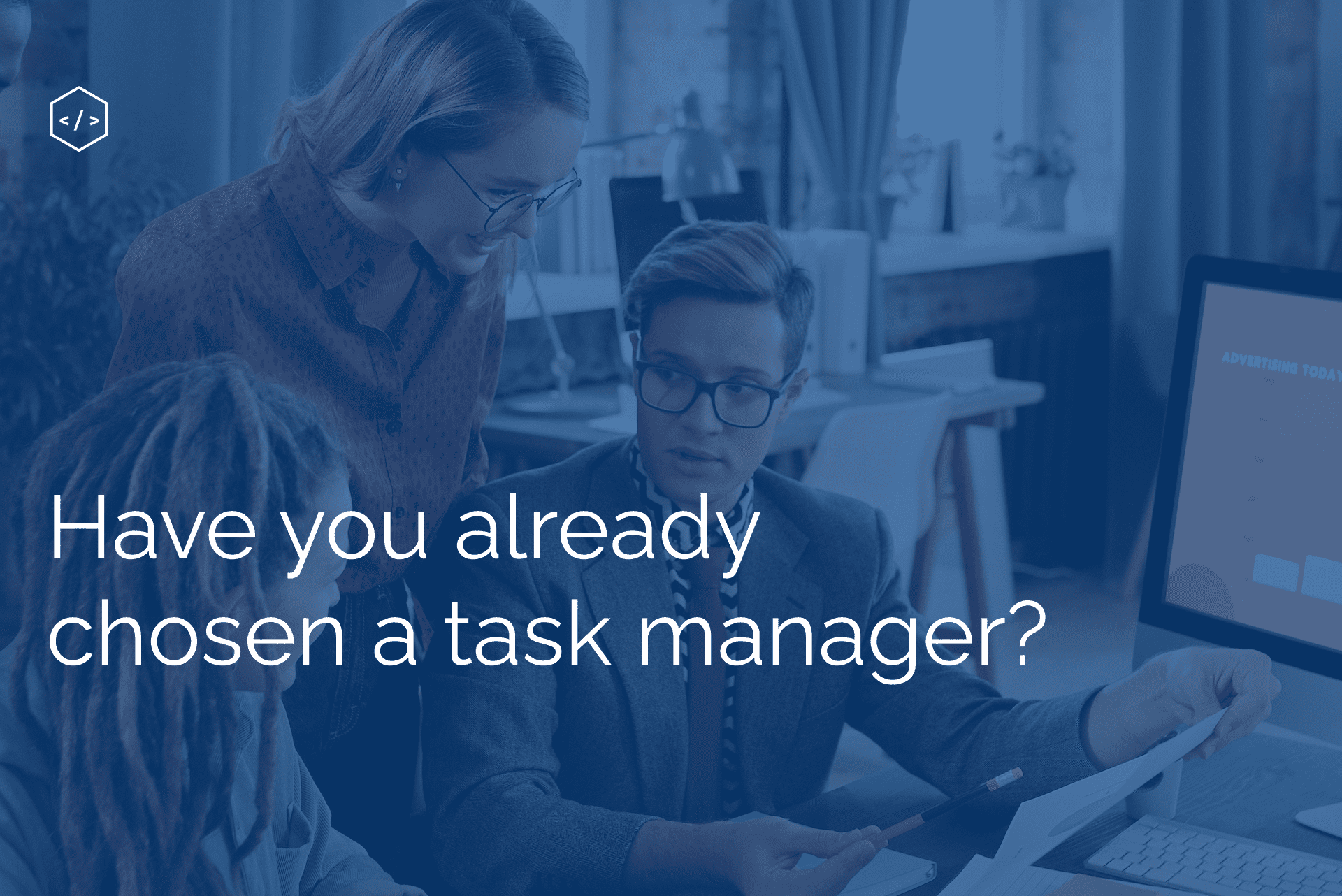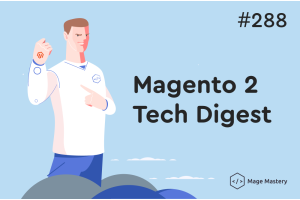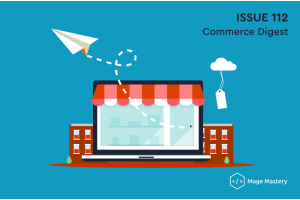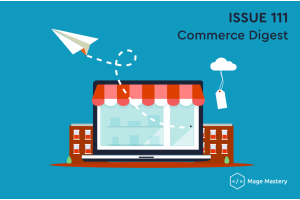How to choose a task manager: our recommendations

What is a task manager?
Task Manager is a software solution for effective project management. With its help, delegating tasks and controlling their timely completion is convenient.
In small projects, all communication can take place in Google documents or instant messengers, which is inconvenient and sometimes needs clarification. But in the presence of many tasks and tens or hundreds of employees, there are better options than this. In this case, use the task manager.
Benefits of using a task manager
With the introduction of the task manager, many processes become more straightforward and take less time, and work efficiency increases. Let's analyze the main advantages of this tool.
Competent planning
In the task manager, it is convenient to plan work, considering the workload of employees and departments. You can see how long each stage and individual subtasks take, when to start the next task and where to enter an unexpected case.
When all the information is collected in a single space, systematized, and presented conveniently, it is more difficult to miss or confuse something. If plans change, it's easy to rebuild them in the task manager and notify the team.
Centralized project management
In the task manager, it is convenient to distribute tasks to employees and prioritize them, monitor timely completion, and monitor project progress. You can leave comments on charges, attach files, assign various labels, and view reports.
Load control
The task manager makes it easy to track team members' workload, which helps to avoid distortions in the workload level and evaluate the performance of individual employees.
Effective Communication
The task manager allows you to communicate effectively within a small team and between different departments. It shows when the user started and completed the task, how much time is planned for each stage, who is responsible for what, and so on. You can add new members, share comments and leave notes, and notifications help you to notice recent events.
Time-saving
Planning things in the task manager is much more convenient than in Google spreadsheets or similar services - specialized tools make this process faster and more efficient. Centralized management and automation capabilities help save more time.
How to choose a task manager for a team
The main functionality of task managers is approximately the same. Still, some features are only found in some services, for example, a Gantt chart - a work schedule with tasks displayed in horizontal bars - or special tools for managing IT projects. If necessary, look for a specialized solution that fits your needs. But several criteria are essential when choosing a task manager, regardless of the field of activity.
Convenience and simplicity
The task manager should be simple and easy to use. Try another option if you need help figuring out the service in five to ten minutes. Well, if the whole team tests it and no one has any difficulties, it suits you.
Notifications
The function of automatic notifications about events in the workspace is necessary to make sure everything important is noticed. It's good if you can receive notifications not only by mail but also in messengers - at least with the help of integrations.
Types of task presentation
Task managers can display tasks on a kanban board, Gantt chart, or calendar as a list or as a summary. Choose a service with the types of study display needed for the project or that your team is more comfortable working with.
Integrations
Integration with various services allows you to expand the functionality: Slack, Zoom, Google Drive, Google Calendar, and Dropbox. If your project requires integration with a specific service, ensure that the selected task manager provides this.
Reporting
Choose services that provide reporting and display data on a dashboard. It will make it easier for you to evaluate the progress of projects and the performance of departments and employees.
Price policy
Compare prices and features, so you don't overpay for features you don't need. Some services offer free rates for small teams, although the functionality, in this case, is usually limited.
There is a trial period to test all the functions in most services. Sometimes you can connect additional features for a fee.
The best task managers
In this section, we have collected the top task managers for the team.
Trello
Trello is a tool for collaborating on kanban board projects. You can use the web service or install the desktop version on Windows or macOS, and there are also apps for Android and iOS.
Up to ten whiteboards per workspace are available on the free plan and unlimited on paid plans. Cards are added to the board, inside which you can create checklists and assign responsible persons for each task and deadline. With the help of color marks, you can designate, for example, the stages of work or the area of responsibility of a particular department. There are templates for various categories.
You can attach an attachment to the card - upload it from your computer, Trello storage, Google Drive, Dropbox, OneDrive, or Box, or leave a link to the file.
On paid plans, tasks can be presented in various formats. "Chronology" is a simplified Gantt chart, where charges are displayed on the field with date marking, and the terms and scope of work are immediately visible. "Panel" - information is presented in graphs on the dashboard. You can also view cards as a table and check due dates on the calendar.
In addition, it is possible to specify the location. For example, an employee must go to an object to take measurements, and the coordinates of the desired place are attached to the card. Add custom fields if your project requires additional conditions, such as priority, status, or something else.
You can automate routine processes and use integrations with other services. Notifications come to the mail or desktop. There is unlimited file storage: on the free plan, the maximum file size is 10 MB; on the paid plan, it is 250 MB. Plugins allow you to expand the functionality, and hotkeys - speed up the work.
GanttPro
GanttPRO is a Gantt chart task manager that can be converted to a kanban board or presented as a list. There is a web version and apps for Android and iOS.
The service makes it convenient to track progress on all projects, keep track of time and workload, and control deadlines. You can split the task into subtasks, assign performers, and set status and priority. Reports are available with an analysis of the time spent and the budget, and there are hotkeys.
You can view the history of changes and restore the desired version. The auto-scheduling function is available, cascading sorting in chronological order and bulk modifications - this is convenient if you need to change information in several tasks, for example, about the artist or status.
Integration with other services is provided - Slack, Google Drive, MS Teams, and Jira Cloud. You can also use the API to extend the functionality. There is no free plan; there is a two-week trial period.
Jira
Jira is primarily intended for software development management but is also used in marketing, engineering, sales, and other areas. When creating a project, it is possible to choose a suitable template, and in the process, you can customize it according to your needs. There are apps for Android and iOS, and the number of boards is not limited.
For developers, there are special tools with which it is convenient to work with Kanban and Scrum methodologies and track errors. The default kanban board has three columns with project milestones that you can add to, rename, and delete. It is also possible to specify a limit on adding tasks at each stage to prevent bottlenecks.
When implementing a project using the Scrum methodology, tasks are created in the "Backlog" section, and after the launch of the sprint, you can control the progress of the work on the board.
With the help of the Roadmaps tool, based on the tasks assigned to the team, plans are created with deadlines.
For projects in other areas, Jira tools are slightly different. Tasks can be presented on a whiteboard, in a calendar, as a list, or as a Gantt chart in Timeline format.
Inside a task, you can add subtasks, set assignees, tags, and due dates, add attachments, and view the change history. You can also create transitions between statuses and automate repetitive actions. Mass operations with tasks are available, and there are hotkeys.
Jira makes it easy to keep track of decision time and control team members' workload. Ready-made reports allow you to track progress.
More than three thousand integrations, applications, and plugins are available to users of the service: Slack, Zendesk, GitHub, Trello, Microsoft Teams, Google Sheets, and much more. If you want to test the possibilities of paid plans, there is a trial period of 30 days.
Todoist
Todoist is a simple and intuitive task manager for organizing work in a single space that can be connected to mail, calendar, and files. Suitable for personal and team use, and it is convenient to distribute the load in projects between performers. Types of task presentation: list and board. In addition to the online service, desktop versions for Windows, macOS, Linux, and applications for Android and iOS are available, and notifications can be received on smartwatches.
You can use templates, customize your own task display lists, and view activity history for a project or individual participant. It is possible to add voice notes.
Productivity visualization allows you to monitor progress and stay motivated. Gamification in the form of Karma points for completing tasks and using advanced features helps increase employee engagement and productivity.





